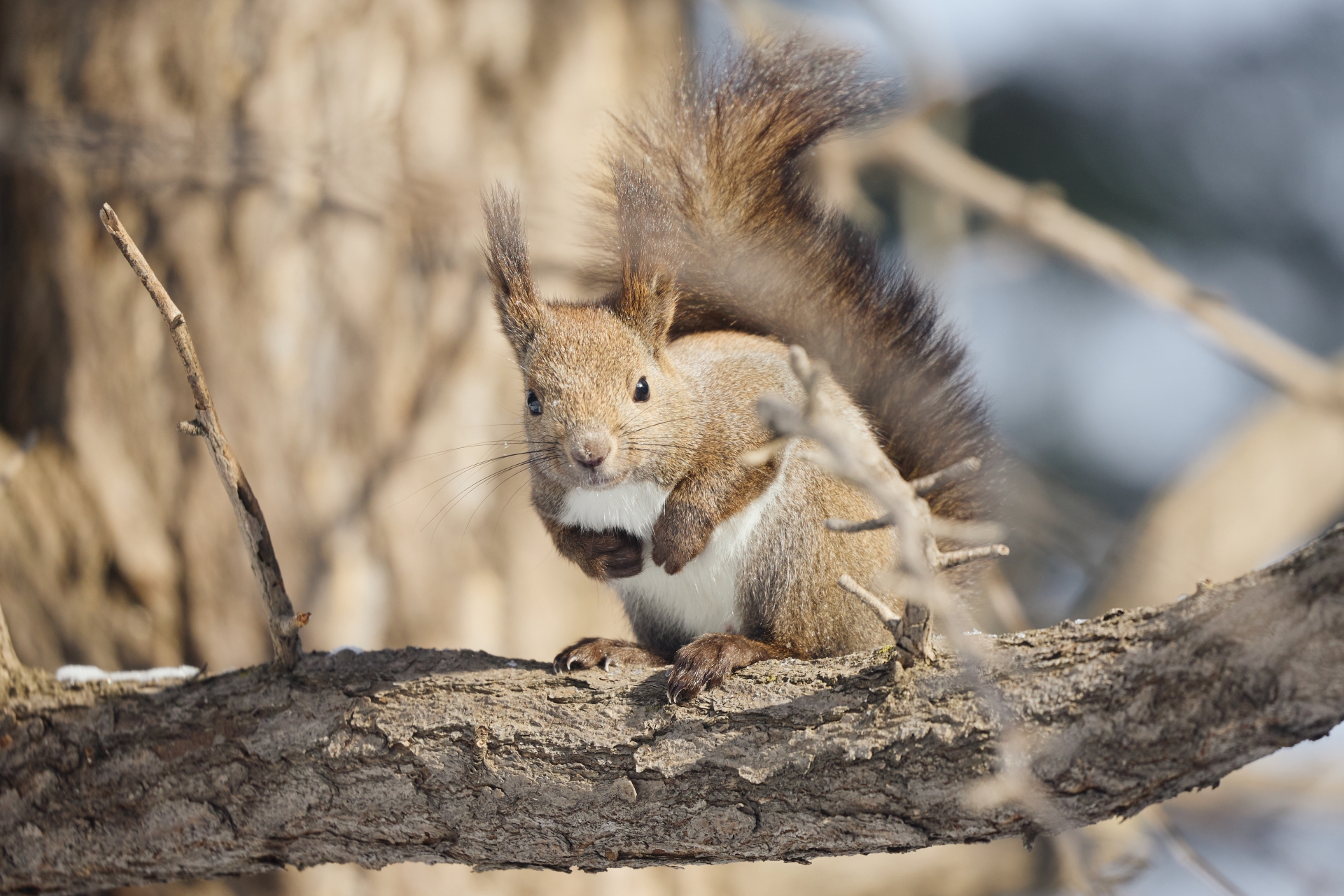According to a study published by the Graduate University for Advanced Studies, it has been revealed that Ezo squirrels living in the city of Obihiro, Hokkaido, are undergoing genetic changes due to urbanization. The study analyzed the genetic structure of squirrels in urban and suburban areas to uncover the effects of urbanization. These changes have occurred over a short period of just 30 years, highlighting the rapid genetic impact urbanization has on wildlife.

Human Cities Rapidly Alter the Genetic Structure of Wildlife
The study found a reduction in genetic exchange between urban and suburban populations of Ezo squirrels, with the two groups becoming genetically differentiated. Although green spaces like windbreaks and parks connecting urban and suburban areas still allow some genetic exchange, the scale is small, particularly in urban areas where genetic diversity among squirrel populations is decreasing. In urban environments, squirrels have limited ranges, increasing the risks of inbreeding and genetic drift.
Ezo squirrels were first observed in urban areas in the 1990s, and it is believed that the genetic changes occurred over the following 30 years, or roughly 15 generations. The urban-specific environmental factors are responsible for this significant genetic impact in such a short period.
One major factor hindering genetic exchange for urban squirrels is the presence of high-traffic roads and the lack of green spaces. In Obihiro, there have been numerous reports of squirrels being killed by cars, with 50 squirrels reportedly dying in traffic accidents over a two-year period. Additionally, urban areas have fewer forests or windbreaks, limiting safe travel routes for squirrels, further leading to genetic isolation.
Feeding practices in urban areas also play a significant role. When squirrels are fed, they no longer need to move, which reduces genetic exchange with other groups. As a result, urban squirrels are likely experiencing increased inbreeding within their limited population, leading to a further decline in genetic diversity.
This study demonstrates that urbanization causes rapid changes in the genetic structure of wildlife, including Ezo squirrels. Wild animals living in cities are forced to adapt to human environments, and in the process, they undergo genetic changes. To help Ezo squirrels adapt to urban areas, securing green spaces and reducing traffic accidents are essential.
As urbanization continues, cities are becoming crucial areas for biodiversity conservation. However, understanding how urban-specific environmental factors affect wildlife is essential for preserving biodiversity. While this study sheds light on the challenges urban squirrels face, it also reinforces the importance of expanding green spaces and conserving ecosystems in future urban planning.
Investigating how wildlife adapts to urban environments as urbanization progresses will contribute to the future preservation of biodiversity. The case of the Ezo squirrels could serve as an important case study in understanding the impact of urbanization on wildlife.
[Press release here]
